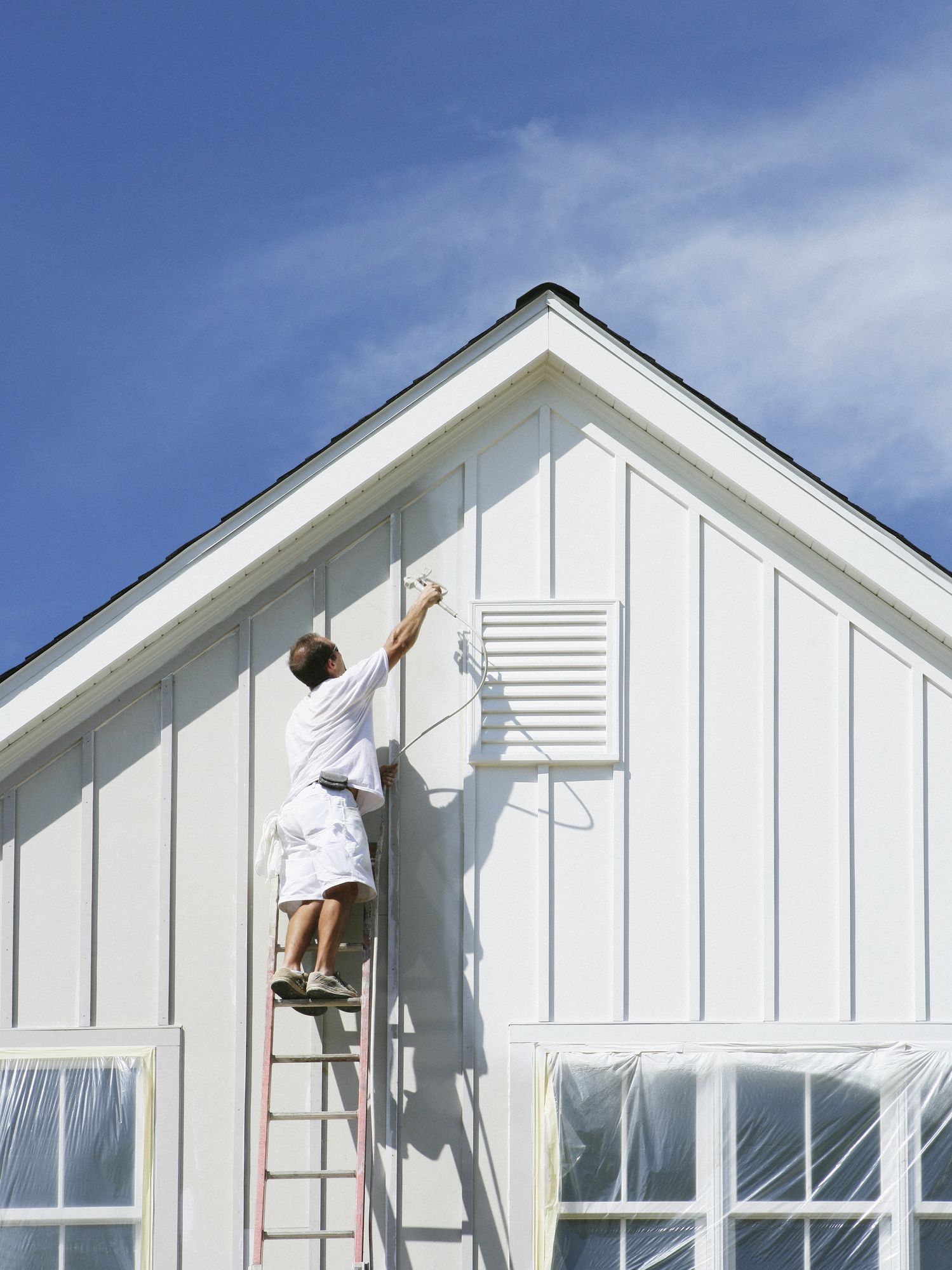What I Wish I Knew a Year Ago About Best Montclair painters
Lots of house owners possess basic painting preparation. They know that it is essential to utilize drop cloths, painters tape and stir paint completely. However did you know that a golf ball can help keep paint quality, or that microwaving paint tape can make it more manageable?
With a lot of DIY painting tasks, understanding a couple of extra painting techniques can result in the most satisfying outcomes. Storing paint correctly and using the right tools can guarantee that you avoid blemishes and cover surface areas evenly.
These 9 DIY painting pointers can assist you enhance the quality of your work and save money and time while doing so, whether you're preparing to sell, changing your design or doing some regular home upkeep.
1. Don't let your paint dry

A half-empty can of paint will dry. Drop golf balls into the paint can to fill the air area, or place plastic wrap under the lid, seal it securely and save the paint upside down.
2. Utilize the ideal primer
If you're painting brand-new drywall, use a water-based primer to conceal imperfections and provide an even base before using color. If you're painting paneling, water-damaged or smoke-saturated walls, choose an oil-based guide.
3. Prevent lap marks
To prevent stripes brought on by rolling over paint that's already beginning to dry, keep a wet edge by painting the complete height of the wall and after that moving over slightly so you can overlap the last Montclair painting stroke with the next.
4. Stir paint with a modified stirrer
Before you stir paint, drill holes in the stirrer to help mix the paint better. The holes assist the paint circulation through the stirrer, aerating it like a whisk and mixing the paint uniformly.
5. Include texture, if you want
If you want more texture on your wall, pick a roller with a longer, 3/4" nap, which holds more paint. The Best Montclair exterior painting nap is the fabric product covering the roller, and longer naps produce more stippling on your wall since of the way their fibers distribute the paint. Use a shorter-nap roller-- between 1/4" and 1/2" nap-- for the smoothest surface.
6. Do not wash your brushes or rollers
If you're using latex paint, there's no factor to clean your brushes or rollers if you don't finish your task in one day. Because cold temperatures keep latex paint from drying rapidly, you can simply cover your rollers or brushes in plastic bags or tin foil and put them in the fridge. (Be sure to let them completely warm back up prior to utilizing them.).
7. Handle problem tape.
If you're using older tape, in some cases it can be hard to peel off its roll without tearing or sticking. If your painter's tape https://www.washingtonpost.com/newssearch/?query=Montclair painting continues to peel, microwave the entire roll for 10 seconds.
8. Figure out the kind of paint on existing walls.
Uncertain if a wall's existing paint is oil or latex? Soak a cotton ball in rubbing alcohol and rub it in a little location throughout the wall. If the cotton ball has paint residue, the paint is latex. No paint on the cotton ball? You'll be painting over an oil-based paint and will wish to utilize an oil-based guide before painting.
9. Purchase a paint pen.
Purchase a paint pen that lets you fill it with a smidgen of your brand-new paint color for little touchups later. These pens keep the paint inside fresh for about a year once filled; just remember to shake them well before use to make sure the paint comes out smoothly and evenly.
